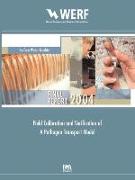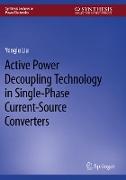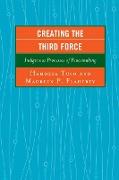Field Calibration and Verification of a Pathogen Transport Model
BücherAngebote / Angebote:
Outbreaks of cryptosporidiosis throughout the world, especially the massive outbreak in Milwaukee in 1993 drew public attention to the quality of drinking water supplies and to the efficiency of water treatment methods. Cryptosporidiosis is a severe gastrointestinal disease caused by the transmissive form of Cryptosporidium parvum protozoan - its oocysts. Digestion of as few as 30 oocysts may be fatal to infants, elderly and immunocompromized persons. C. parvum oocysts are ubiquitous in untreated water and extremely resistant to harsh environmental conditions including standard water treatment procedures. We have developed an integrated modeling strategy to quantify the risk of surface drinking water contamination by water borne pathogens, in particular the oocysts of C. parvum, from agricultural non-point pollution sources. This project is comprised of both a modeling and an experimental effort. The main experimental effort focused on the measurement of C. parvum oocysts partitioning in the soil/water systems with the objective of parameterizing the transport model. The pathogen transport model is based on the behavior of a single microorganism and inherently predicts the random variability of pathogen transport. The behavior of large numbers of pathogens is derived from the single-microorganism model. The risk assessment is conducted using the first- and second-order reliability methodology. Currently the modeling framework is formulated for single hillslope simulations, however we demonstrated that it can be easily extended to watershed scale.
Folgt in ca. 15 Arbeitstagen




